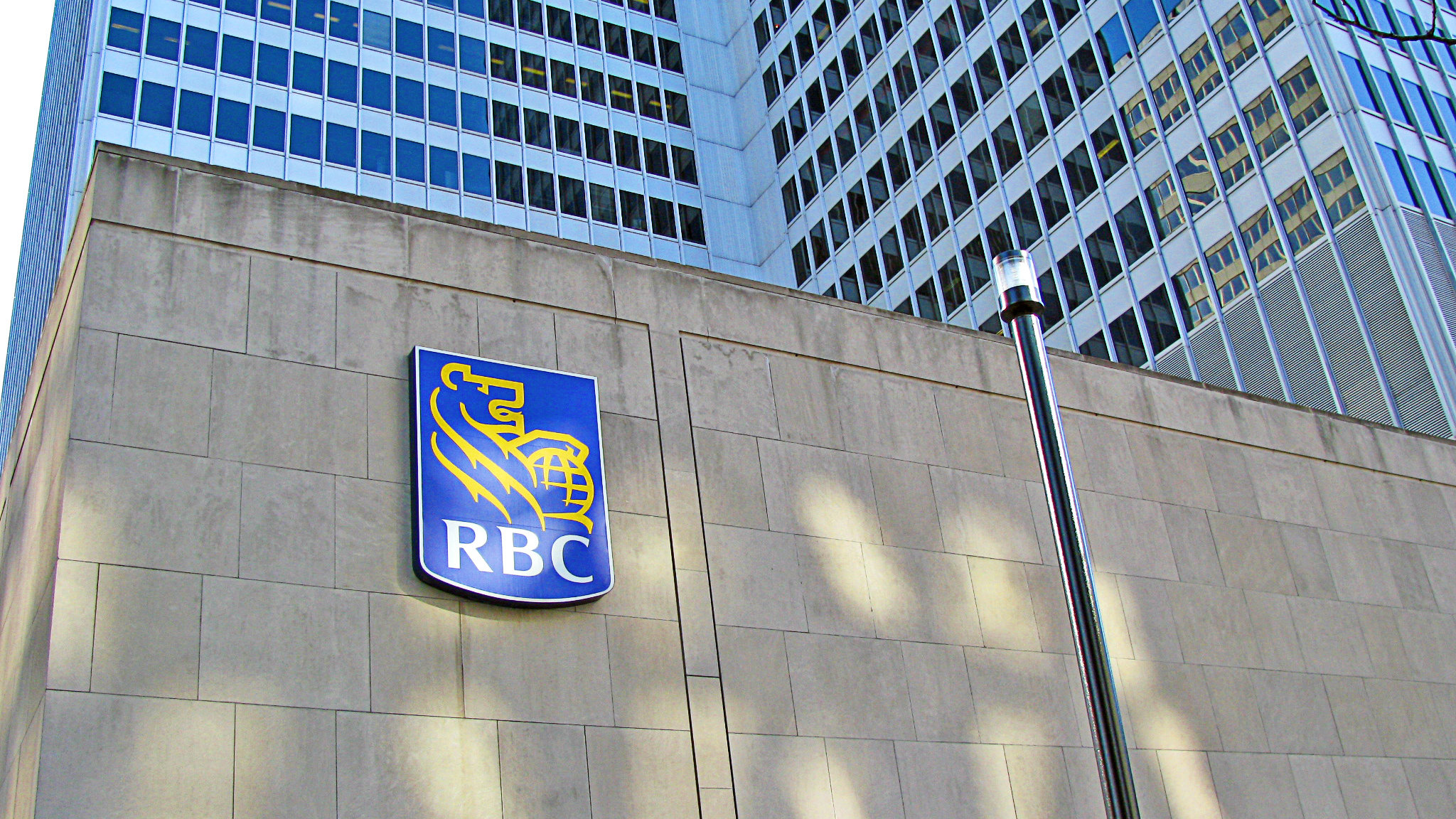Investors might have been expecting things to slow down for Royal Bank of Canada (TSX:RY)(NYSE:RY) for a variety of reasons. Perhaps housing prices have finally peaked, or maybe borrowers have too much borrowed already. Or maybe it’s the new mortgage-eligibility rules, which could hurt banks while helping alternative lenders.
You’d think any of these things would finally slow things down for Royal Bank, but they haven’t. Royal Bank reported its Q1 earnings last month, and Canadian residential mortgages increased by 6.4% in the quarter to $238.5 billion. Although it was slightly lower than the 6.6% last quarter, it’s still insane growth.
That doesn’t mean that a slowdown won’t happen at some point, but for right now, nothing is getting in the way of Royal Bank continuing to grow its mortgage book and generate consistent income from its lending.
For the quarter, the company generated net income of $3 billion, which was flat compared to last year. But if you exclude the gains related to the sale of Moneris in Q1 2017, net income was up 7% with ROE increasing to 17.4% — a strong 70 basis points higher. And compared to last quarter, net income was up 6%, so the bank is clearly doing well.
A few things depressed the business. First, net income in its insurance business was down 5%, or $7 million, from a year ago. And compared to last quarter, net income was down $138 million. Second, it was hit with a $178 million write-down of net deferred tax assets related to the U.S. Tax Reform. But these are one-time charges, so things should look good moving forward.
Yet, the big win for investors was the more than 3% increase in the dividend from $0.91 to $0.94. The bank previously increased the dividend in Q3 2017, so management clearly rewards investors where it can. Since 2013, the dividend CAGR is over 8%.
But can the growth keep coming?
A lot of that depends on how the housing market behaves. Royal Bank owns 15% of Canada’s mortgage market, so if the market continues to warm, Royal Bank will benefit. And then there are rising interest rates, which help the bank earn more money from the lending it does. With rates rising in Canada and the United States, the bank should benefit.
The reality is quite simple: the quarter wasn’t perfect, but it was not a disappointment. The dividend was increased, and the bank showed that it continues to grow. I see little reason why that growth won’t continue.
I think the trade makes sense now. The stock has given up nearly 8% since hitting a high in January. With the yield approaching 4%, it’s a smart play for consistent income. You could wait until the stock pulls back more, but, in my opinion, trying to time the market that close is really difficult. It’s better to own the stock and be off by a few percent than for it to go the other way.








